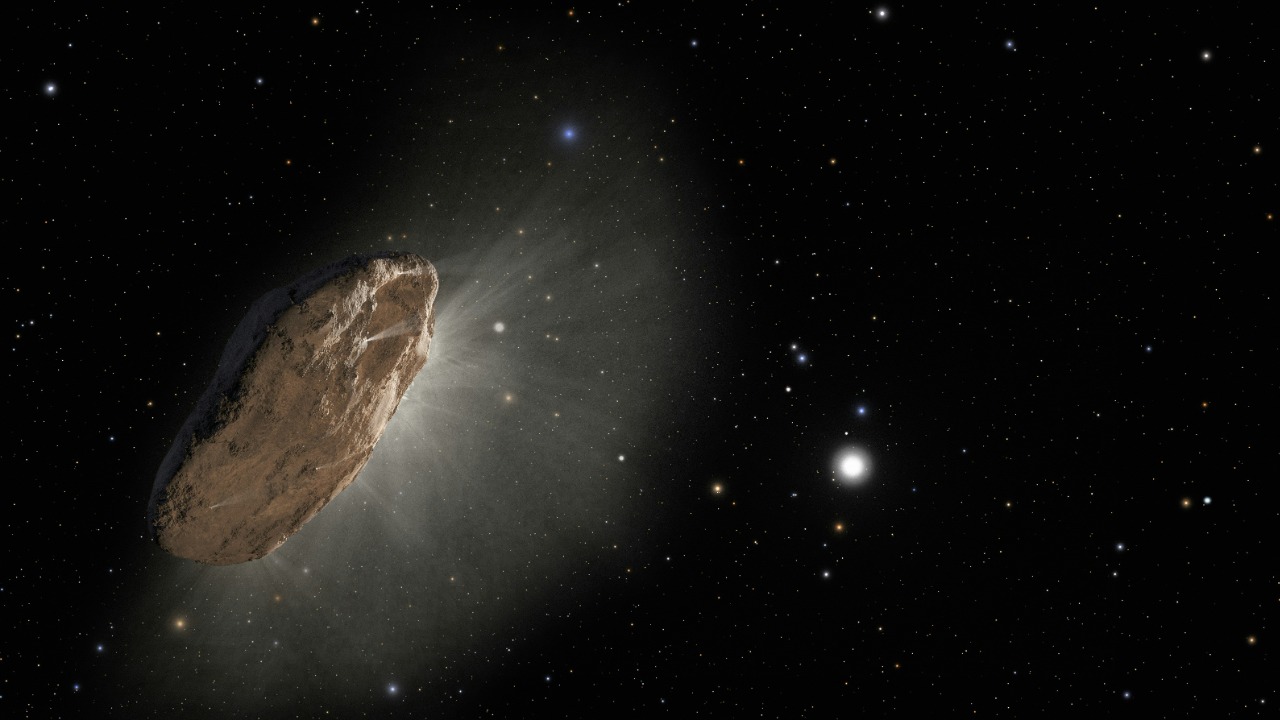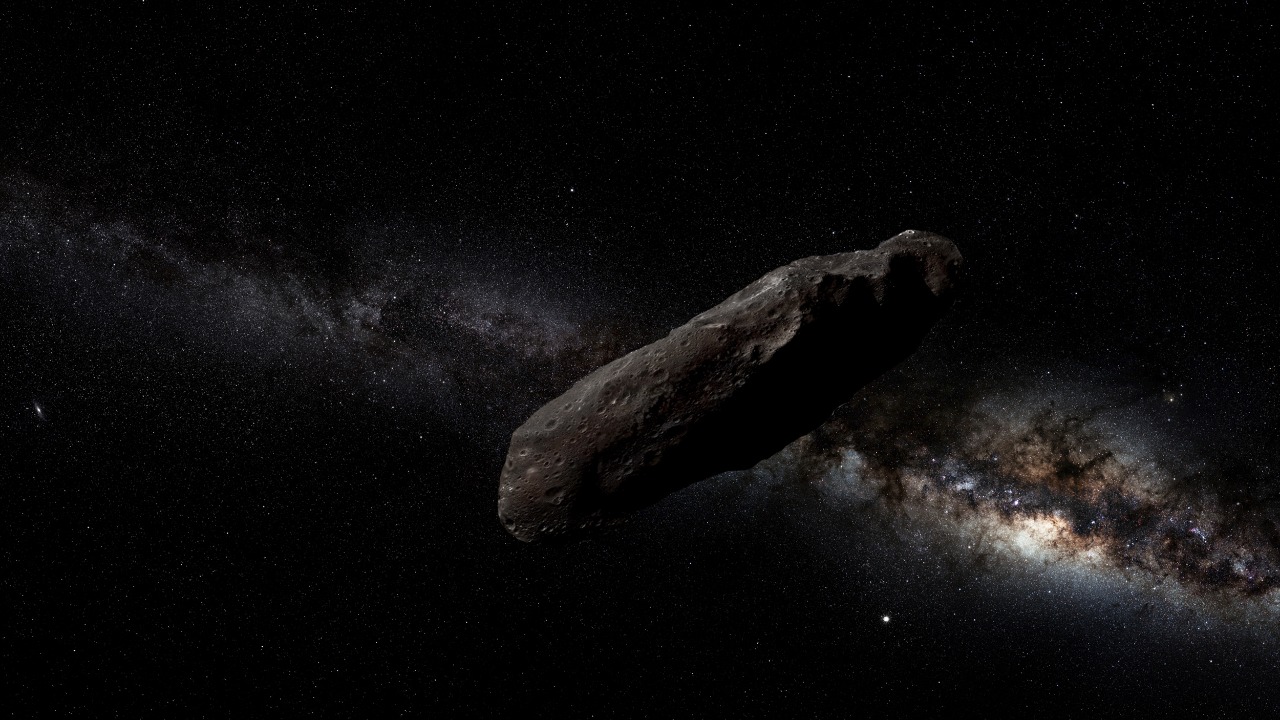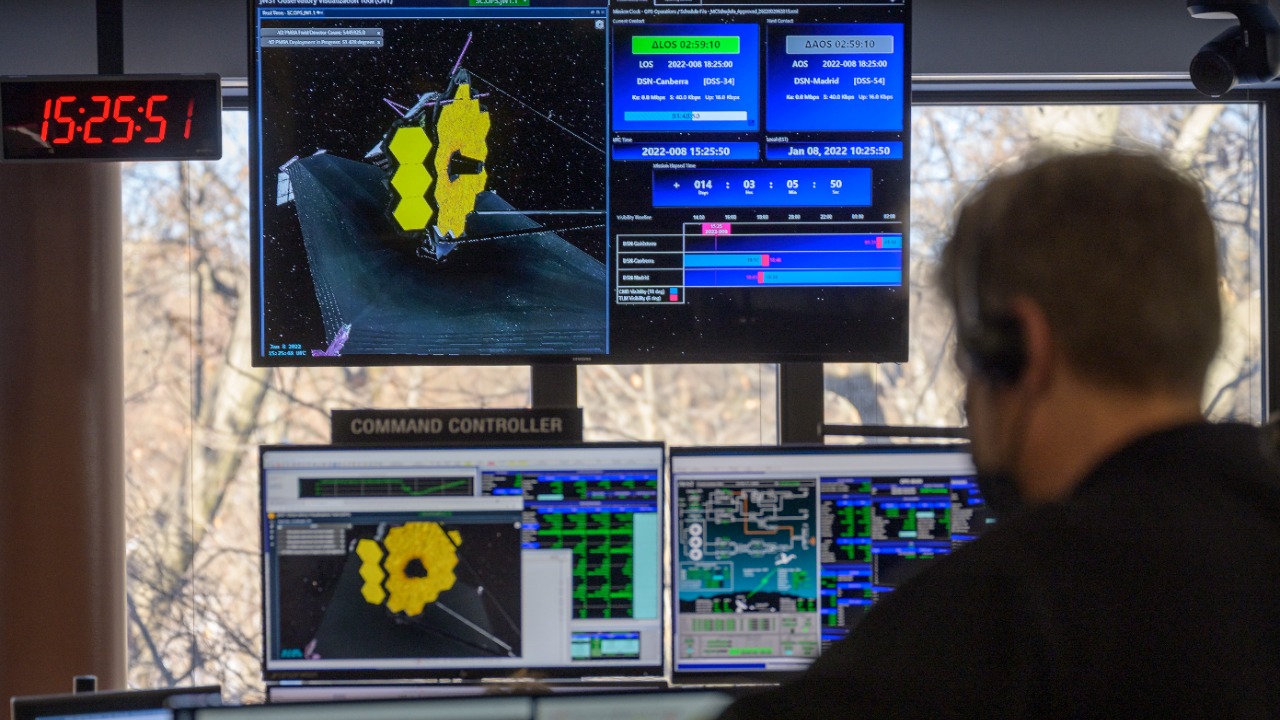
In recent years, the scientific community has been abuzz with discussions about interstellar objects passing through our solar system. One such object, dubbed ‘Oumuamua, has sparked particular interest due to its unusual characteristics, leading some Harvard scientists to propose that it might be an alien probe.
The Mystery of ‘Oumuamua

‘Oumuamua’s journey through our solar system has captivated astronomers worldwide, largely due to its distinctive features. Unlike typical asteroids or comets, ‘Oumuamua boasts an elongated, cigar-like shape that is not commonly observed in natural celestial bodies. Additionally, its acceleration as it moved away from the Sun defied conventional expectations, suggesting that it was not solely governed by gravitational forces. This anomaly led scientists to question whether non-gravitational forces, such as radiation pressure, might be at play.
The initial discovery of ‘Oumuamua occurred in October 2017 through observations made by the Pan-STARRS1 telescope in Hawaii. As the first confirmed interstellar object to pass through our solar system, it quickly became a subject of intense study. Subsequent observations revealed its unusual trajectory, sparking debates about its origin and the forces driving its movement. Various hypotheses emerged, ranging from natural phenomena like a comet outgassing to more exotic possibilities, including it being an artifact of extraterrestrial origin.
Among the many theories proposed to explain ‘Oumuamua’s peculiar behavior, the idea of it being an alien probe has garnered significant attention. While some scientists suggest that ‘Oumuamua could be a fragment of a larger body or a piece of interstellar debris, others, like Harvard astrophysicist Avi Loeb, have speculated about more unconventional explanations. The combination of its shape, acceleration, and the absence of a visible coma typically associated with comets has fueled these speculations.
Harvard’s Bold Hypothesis

Harvard astrophysicist Avi Loeb has been at the forefront of the controversial hypothesis that ‘Oumuamua may be an extraterrestrial craft. In his proposal, Loeb suggests that the object’s peculiar acceleration could be attributed to the thinness of its structure, possibly resembling a light sail — a form of propulsion that uses radiation pressure for movement. This suggestion challenges traditional astronomical views and opens the door to the possibility of advanced alien technology.
Loeb and his colleagues have presented various pieces of evidence to support their hypothesis. They point to the lack of visible outgassing that would indicate a cometary nature and emphasize the object’s unusual trajectory as key indicators that ‘Oumuamua might be an artificial construct. Despite these arguments, the scientific community remains divided, with many experts expressing skepticism and urging caution before jumping to conclusions about extraterrestrial origins.
Critics of the alien probe hypothesis argue that more mundane explanations could account for ‘Oumuamua’s behavior. Some suggest that a natural phenomenon, such as a fragment of a larger object or an unusual type of comet, might better explain its characteristics. Others believe that the limited observational data available makes it challenging to draw definitive conclusions, advocating for additional research and exploration to gain a clearer understanding of such interstellar visitors.
Technological Implications and Possibilities

The notion that ‘Oumuamua might be an alien probe invites intriguing speculation about the potential for advanced alien technology. If indeed an artifact of extraterrestrial origin, it could imply the existence of civilizations far more technologically advanced than humanity. This raises questions about the capabilities of such civilizations, from their propulsion systems to their means of communication across vast interstellar distances.
Studying ‘Oumuamua and similar objects could have profound impacts on human technology and our understanding of the universe. Insights gained from these investigations might inspire new technological advancements, particularly in areas related to propulsion and space exploration. Furthermore, the possibility of encountering alien technology challenges our assumptions and compels us to expand our scientific horizons.
To further unravel the mysteries of interstellar objects, continued research and exploration are crucial. Missions aimed at tracking and studying these celestial visitors could provide valuable data, enhancing our comprehension of their origins and nature. As our detection capabilities improve, the potential for groundbreaking discoveries in this field becomes increasingly promising.
Public and Scientific Reactions

The idea of ‘Oumuamua as an alien probe has captured the imagination of the public and the media alike. The story has been covered extensively, with headlines often emphasizing the sensational aspects of the hypothesis. This widespread coverage has fueled public interest, leading to discussions across various platforms about the possibility of extraterrestrial life and its implications for humanity.
In popular culture, the notion of an alien probe has inspired a host of creative works, from books to movies, that explore the themes of interstellar exploration and contact with extraterrestrial civilizations. These narratives often reflect society’s fascination with the unknown and our enduring curiosity about our place in the cosmos.
The scientific community’s response to the alien probe hypothesis has been mixed. While some researchers see it as an exciting possibility worth exploring, others remain skeptical, emphasizing the need for rigorous scientific evidence before embracing such extraordinary claims. This debate has sparked a broader discussion within the field of astronomy about the nature of interstellar objects and the methodologies used to study them.
The Future of Interstellar Exploration

As technology advances, so too does our ability to detect and study interstellar objects. Recent developments in telescope technology and observational techniques promise to enhance our capacity to identify these celestial wanderers. Future advancements could enable us to gather more detailed data, paving the way for new discoveries and insights into the nature of our universe.
International collaboration is vital in the study of interstellar phenomena and the search for potential extraterrestrial life. By pooling resources and expertise, countries can work together to develop comprehensive strategies for exploring these enigmatic objects. Such collaborations could lead to the establishment of global networks dedicated to the study and monitoring of interstellar visitors.
As we prepare for future encounters with interstellar objects, the scientific community continues to refine its approach to these phenomena. By developing innovative technologies and fostering international partnerships, researchers aim to unlock the secrets of the cosmos and expand our understanding of the universe. Whether ‘Oumuamua is an alien probe or a natural interstellar traveler, its journey through our solar system marks a significant milestone in our quest to explore the stars.